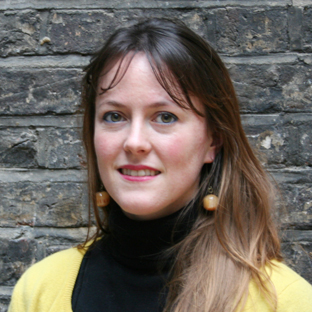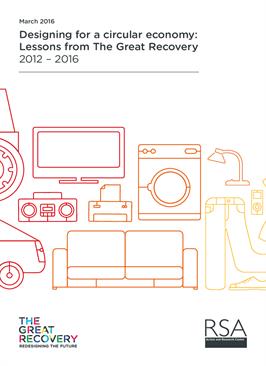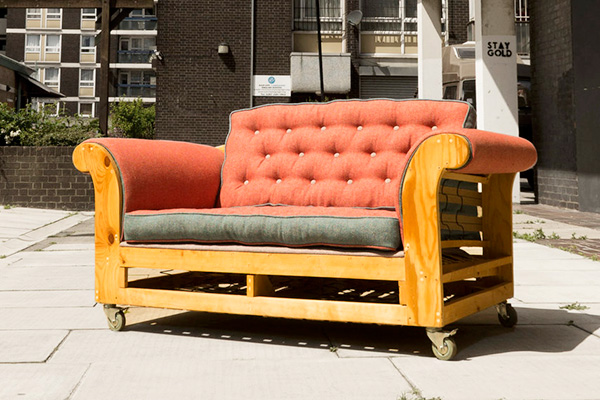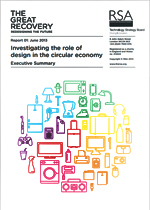What lessons can be learned from the work of The Great Recovery? From the spark of an idea to the growth of a network and beyond, in this our final report we share some of our reflections and insights from the last four years.
The Great Recovery project has enlightened, challenged, explored, connected and inspired. Most of all perhaps it has taken the circular economy out of the realm of the ‘expert’ and into everyday experience. It has taught us to recalibrate our relationships with our stuff and dared to question our current economic models.
This report is both a record of the activities and impact of The Great Recovery project over the last four years - as we pulled apart manufacturing systems and products to scrutinise the impact of design in the shift towards a more circular economy - and a guide for those wishing to understand and advocate the need for systemic change.
Working with support from Innovate UK we set out to:
- Build and connect the new and growing circular design community;
- Support and encourage new business entries to Innovate UK’s circular economy competitions;
- Feed research rooted in the design process and active investigation into the growing movement towards a circular economy.
Starting at the current end-of-life of things, we worked backwards, asking questions along the way. We connected designers to those that might know answers and opened the discussion out to material experts, chemists, resource recoverers, policy makers, business developers, consultants, logistics managers and others.
This report shares our process and belief that if you build a movement that is fuelled by creativity and reinforced by a dynamic network, things can really shift.
It is only when we look with new eyes at the complexities of 21st century existence and start to see environmental problems as human problems that we will begin to change our behaviour and our systems. The Great Recovery, with its colourful design focus, its ability to address all sectors from one platform and appeal to the possibilities rather than the improbabilities, has started to inspire that change.
pdf 4.1 MB
Contributors



Related reports
-
Report: The Great Recovery - Rearranging the Furniture
Taking our unique design-focused approach to the circular economy, The RSA Great Recovery partnered with recycling and waste company SUEZ to ask the question: ‘How can we design better systems that will increase rates of re-use and reduce the quantity of bulky items reaching landfill and incineration?’
-
Investigating the role of design in the circular economy Executive Summary
The Great Recovery project, launched in September 2012 by the Action and Research Centre at the RSA, aims to build a cross disciplinary design community that is equipped to support the development of an economy based on resource-efficient principles.
-
The Great Recovery: E-Waste
The Great Recovery is exploring the role of design within a new circular economic model by building informed and networked communities and investigating through a programme of workshops and events. In this first newspaper issue we focus on electronic waste (E-waste).




Join the discussion
Comments
Please login to post a comment or reply
Don't have an account? Click here to register.
Lucy & team, this looks a really interesting project and set of outputs. As a new RSA member, I'm keen to give it a good read. Well done.
Best wishes, Sandy